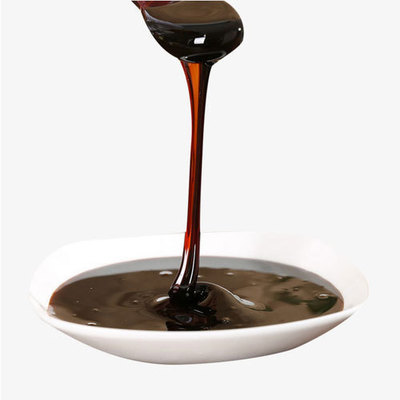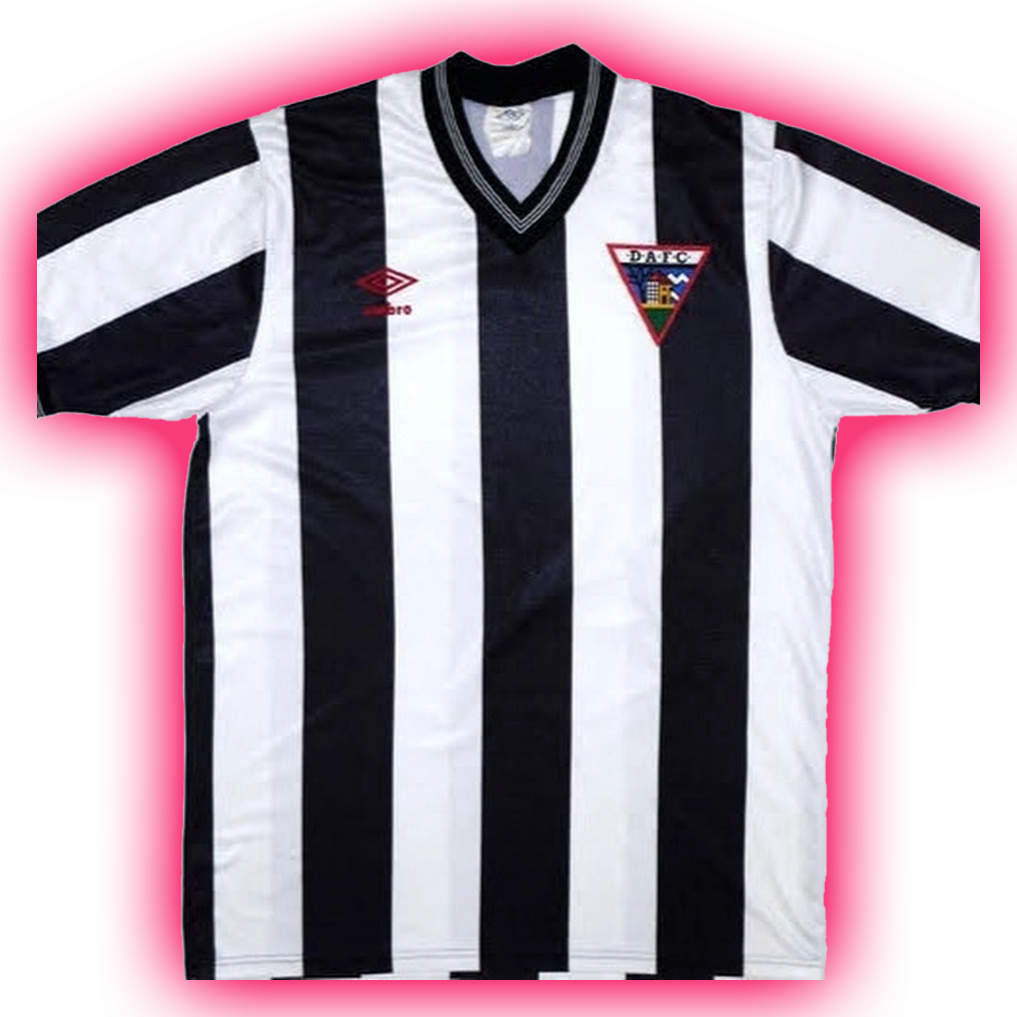Hi, I think in metric units, so almost everything is some form of a power of 10, like a kilogram is a 1000 grams, etc.
Sometimes I will think of an hour and half as 150 minutes before remembering that it is 90 minutes.
Does something similar happen to imperial units users? Because as far as I understand you don’t have obvious patterns that would cause you to make these mistakes, right?
My favorite thing about my microwave is that if I punch “180” into the 4 character display, it will count down 80 seconds, then switch to 59, meaning it took 180 as 1 minute, 80 seconds, not 3 minutes
Wtf
Your last sentence is correct. We don’t have obvious patterns that would cause us any confusion (beyond the confusion we already have with this measurement system that makes no sense), so we simply memorize it.
I can’t believe after all these decades, the USA still sticks with the imperial system. It’s nonsense. But I grew up with the imperial system so that’s what feels natural to me and I can “feel” what a mile feels like, I can “feel” what an inch feels like, but if you speak to me in metric, since we in the USA are not as exposed to it over here, I need to pull out my calculator to make the conversions to understand how a meter relates to a foot and a yard, yes I hate it, I would rather be able to think and feel in metric because it’s more logical.
imperial
Strictly speaking, it should be US customary units, not imperial. They’re mostly pretty similar or identical, but there are some substantial differences.
https://en.wikipedia.org/wiki/Pint
The pint (/ˈpaɪnt/, listenⓘ; symbol pt, sometimes abbreviated as p) is a unit of volume or capacity in both the imperial and United States customary measurement systems. In both of those systems it is traditionally one eighth of a gallon. The British imperial pint is about 20% larger than the American pint because the two systems are defined differently.
https://en.wikipedia.org/wiki/Short_ton
The short ton (abbreviation tn) is a measurement unit equal to 2,000 pounds (907.18 kg). It is commonly used in the United States, where it is known simply as a ton, although the term is ambiguous, the single word “ton” being variously used for short, long, and metric tons.
https://en.wikipedia.org/wiki/Long_ton
The long ton (symbol: LT[citation needed]), also known as the imperial ton or displacement ton, is a measurement unit equal to 2,240 pounds (1,016.047 kg). It is the name for the unit called the “ton” in the avoirdupois system of weights or Imperial system of measurements. It was standardised in the 13th century. It is used in the United Kingdom and several other Commonwealth of Nations countries alongside the mass-based tonne defined in 1799, as well as in the United States for bulk commodities.
I propose the term “colonial units” as opposed to “imperial units”.
There’s some things imperial is just better at. Like temperature. 100 f is hot, but literally not even half as hot as 100 c. We as people can perceive imperial temperatures a lot better than metric.
In metric, one milliliter of water occupies one cubic centimeter, weighs one gram, and requires one calorie of energy to heat up by one degree celsius—which is 1 percent of the difference between its freezing point and its boiling point. An amount of hydrogen weighing the same amount has exactly one mole of atoms in it. Whereas in the imperial system, the answer to ‘How much energy does it take to boil a room-temperature gallon of water?’ is ‘Go fuck yourself,’ because you can’t directly relate any of those quantities.
Cool. Any other uninteresting facts you’d like to share?
Lots!

Here, I’m not who you replied to, but you’ll get my “uninteresting” fact anyway: The US customary units (at least most of them) are defined using the metric system.
“we as people” - citation needed, lol.
But I don’t disagree with you. Of course we’d have to switch from kelvin to … Was it Rankine? … To keep everything consistent and some physics constants would have to change as well.
The advantage of the metric system is the scaling. The base value does not matter. We could measure everything in feet for all I care, but no inches or miles then! Only kilofeet, centifeet, millifeet, etc! And we need a better distinction between force and weight than “pound” and “pound-force” - seriously, whoever came up with must have had negative creativity.
On “we as people can perceive imperial temperatures a lot better than metric,” I’d agree to disagree here - Celsius is pretty straight-forward. Temperate is temperature, it’s just about what numbers you’re assigning to which temperatures.
0°C is when water freezes, and 100°C is when water boils. A 10°C day is cold, a 20°C day is mild, a 30°C day is hot, and a 40°C day is when you melt.
Whatever you grew up with is probably what is going to be easiest for you to comprehend, but Celsius is no more difficult or less perceptible, just a different value range.
For Fahrenheit It’s the more graduations between degrees in a range that’s easy to tell comfortability.
Temps easily relatable conditions <0 throw boiling water up in the air to make it snow 0-10 dangerous freezing cold 10-20 bitter freezing cold 20-30 freezing cold 30-40 coat cold 50-60 jacket cool 60-70 cool 70-80 pleasant 80-90 warm 90-100 hot 100-110 too damn hot for my fat ass/fry an egg outside If metric wanted to adopt a scale with more graduations that could be easily grouped to 10s, that’d be great. I don’t know why 0-100 was arbitrarily chosen to be the scale for water instead of 0-1000.
You don’t need the extra gradations. Trust me.
And if you don’t trust me, do what I did!
(I will preface this by saying “the best unit is the one understood by the audience.” So there is obviously no reason to do this if it doesn’t interest you. But I enjoyed it!)
I’m American, raised on Fahrenheit. I long used the argument that Fahrenheit was really good for humans, because it has lots of specificity and it describes a range that represents weather for temperate climates.
But I decided back in 2019 to learn Celsius. This was precipitated (hah! weather pun) by a trip to the UK and memorizing a few points so I’d be able to understand the weather if someone told me. Specifically I memorized 10°C=50°F, 20°C = 68°F, 30°C=86°F. Halfway between those also, 15°C=59°C, 25°C=77°F. Then if someone told me the temperature in Celsius I could find my nearest memorized point and move 2°F per °C (a close enough approximation). So 22°C, start at 68°F and add 4 to reach 72°F. (The actual value is 71.6°F, so this is clearly accurate enough for weather.)
After I got back from the UK I decided to just keep using Celsius as an experiment. After all, I had been saying for years that Celsius was better for science and Fahrenheit was better for weather, why not test the hypothesis?
Well, it’s been almost 5 years and I’m still using Celsius for weather.
It turns out there are two major things making Celsius better for the weather. 1, having too much specificity actually hurts the scale. A degree Fahrenheit doesn’t have enough meaning, so it’s harder to have a sense for how much change you get. Once I started to get a feel for Celsius (which did take a few weeks/months) it was remarkable how quickly I attained a sense for what those degrees communicated.
But the much more important one is point 2: freezing is 0.
I didn’t think this would matter as much as it did, but oh boy is it fantastic. Temperatures below freezing in Fahrenheit never really meant much to me. They were just cold. But since in Celsius they are just negatives, I can actually understand them much more easily.
That is to say, 23°F doesn’t really mean anything to me, but -5°C means “as far below freezing as 5°C(41°F) is above freezing.”
(Anyway, your chart of temperature ranges to words maps just fine in Celsius if you use 5s. <-15, -15 to -10, -10 to -5, -5 to 0, 0 to 5, etc.)
This might be the first time I’ve been told that more specificity in a measurement is bad, lol. I use both imperial and metric everyday. Cooking in the kitchen was my entry point as being an American. Calculating percentages for recipes is always easier on metric. Short distances when working on projects is easy enough too. The more graduations in millimeter wrenches over fractional inches was the main reason I wanted to switch in the first place. Which brings me to the problem I’ve always had with temperature. I’d rather have the extra graduations for weather, but am fine with Celsius everywhere else especially in applications that I measure temps close to water boiling for instance in filament temps for 3d printing or CPU GPU temp monitoring.
Not trying to be mean, but why not use fractions if you need to be more precise? If you need to express “halfway between 20°C and 21°C” you could just say 20.5°C.
I’m with you on going metric. It’s insane that we still use imperial units.
Congress passed a bill in 1975 that was supposed to transition us to metric, but it obviously didn’t take.
I end up using metric units quite regularly for various reasons. My intuitive understanding of imperial units is still better, which irritates me.
That’s fascinating. I’d never heard of that one. It apparently made the metric system legal for commerce, but did not try to implement it for general use.
So we have been trying to get this right for almost 140 years…and failing.
Oh no, 230 years. 1866 was just the first time the Senate was involved, as far as I know.
I am of the opinion that time should be expressed in base 36, much more subdivideable and allows you to express a given time as a two decimal point number between 0.00 and Z.ZZ
Also as you might have noticed, the latest time in the day is literally the Zs, the clock would be telling you to go the fuck to sleep already.
Much as I think this would be pretty confusing, I love that Z.ZZ thing :-)
I’m trying to work this out though - so what we call 24 hours would now be 36 different blocks of time, 1-12 and A to Z, right? (EDIT - wrong! 0-9, not 1-12, duh…)
So a ‘36th’ of a day (or, actually, let’s give it a name… A “Frin”? That’ll do) would be equivalent to 24/36 of an hour = 2/3 of an hour = 40 minutes.
However would subdivisions of a Frin also be in base 36? If so, then the 36… Terps, let’s say… in a Frin, would each last slightly longer than a minute… 40/36 = 10/9 of a minute = 600/9 = 66.666666… of what we call seconds.
But of course the next subdivision would also be in base 36. So each Terp would have 36… Bops… So a Bop would last as long as a 36th of 66.666666… seconds= 66.66666/36 = 1.85185185… seconds per Bop.
36 Bops make a Terp, 36 Terps make a Frin, 36 Frins make a Day.
What a strange world that’d be!
Thanks for doing the math.
36 different blocks of time, 1-12 and A to Z, right?
Not 1-12, but 0-9.
Edit: now that I’ve spelled it out, O/0 and 1/I/L (for uppercase/lowercase letters) may be problematic.
I never have, personally speaking.






